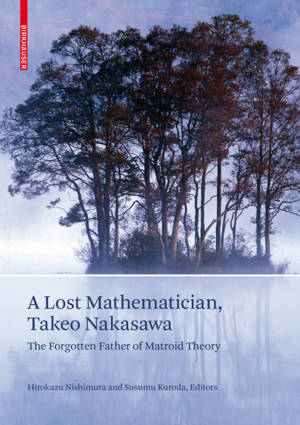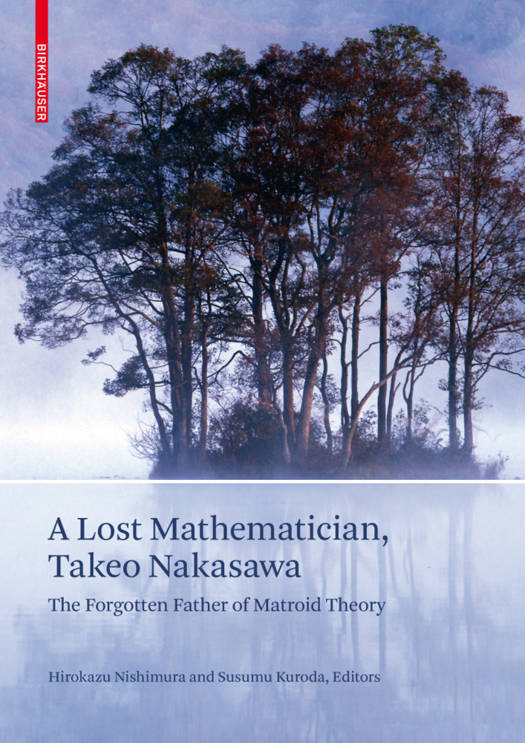
- Retrait gratuit dans votre magasin Club
- 7.000.000 titres dans notre catalogue
- Payer en toute sécurité
- Toujours un magasin près de chez vous
- Retrait gratuit dans votre magasin Club
- 7.000.0000 titres dans notre catalogue
- Payer en toute sécurité
- Toujours un magasin près de chez vous
A Lost Mathematician, Takeo Nakasawa
The Forgotten Father of Matroid Theory
Description
Matroid theory was invented in the middle of the 1930s by two mathematicians independently, namely, Hassler Whitney in the USA and Takeo Nakasawa in Japan. Whitney became famous, but Nakasawa remained anonymous until two decades ago. He left only four papers to the mathematical community, all of them written in the middle of the 1930s. It was a bad time to have lived in a country that had become as eccentric as possible. Just as Nazism became more and more flamboyant in Europe in the 1930s, Japan became more and more esoteric and fanatical in the same time period. This book explains the little that is known about Nakasawa's personal life in a Japan that had, among other failures, lost control over its military. This book contains his four papers in German and their English translations as well as some extended commentary on the history of Japan during those years. The book also contains 14 photos of him or his family. Although the veil of mystery surrounding Nakasawa's life hasonly been partially lifted, the work presented in this book speaks eloquently of a tragic loss to the mathematical community.
Spécifications
Parties prenantes
- Editeur:
Contenu
- Nombre de pages :
- 236
- Langue:
- Allemand
- Collection :
- Tome:
- n° 38
Caractéristiques
- EAN:
- 9783764385729
- Date de parution :
- 16-01-09
- Format:
- Livre relié
- Format numérique:
- Genaaid
- Dimensions :
- 168 mm x 234 mm
- Poids :
- 589 g

Les avis
Nous publions uniquement les avis qui respectent les conditions requises. Consultez nos conditions pour les avis.





